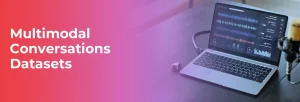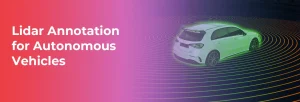- Introduction
- Understanding Onsite Data Collection
- Is Onsite Data Collection Right for You?
- Common Onsite Data Collection Methods
- Case Study 1: Onsite Data Collection in Manufacturing
- Case Study 2: Autonomous Vehicle Training with Onsite Data Collection
- Choosing a Field Data Collection Partner
- Cost Breakdown of Onsite Data Collection Projects
- Onsite vs. Off-Site: Which Should You Choose?
- Future Trends in Onsite Data Collection
- Final Thoughts
- FAQ's
- Related Resources
Onsite Data Collection: A Complete Guide and Use Cases 2025
Introduction
In a world where data powers everything from smarter machines to sharper business strategies, getting the right kind of data matters more than ever. That’s where onsite data collection, or field data collection, comes into play. It’s all about gathering information straight from the source, right where the action happens. Whether it’s capturing video from a bustling factory floor, recording audio in a noisy city street, or pulling sensor data from a remote farm, this hands-on approach delivers high-quality, real-world insights.
Unlike off-site methods, onsite data gives you raw, authentic input, essential for training accurate AI models and making informed decisions.
Onsite Data Collection in Smart Agriculture
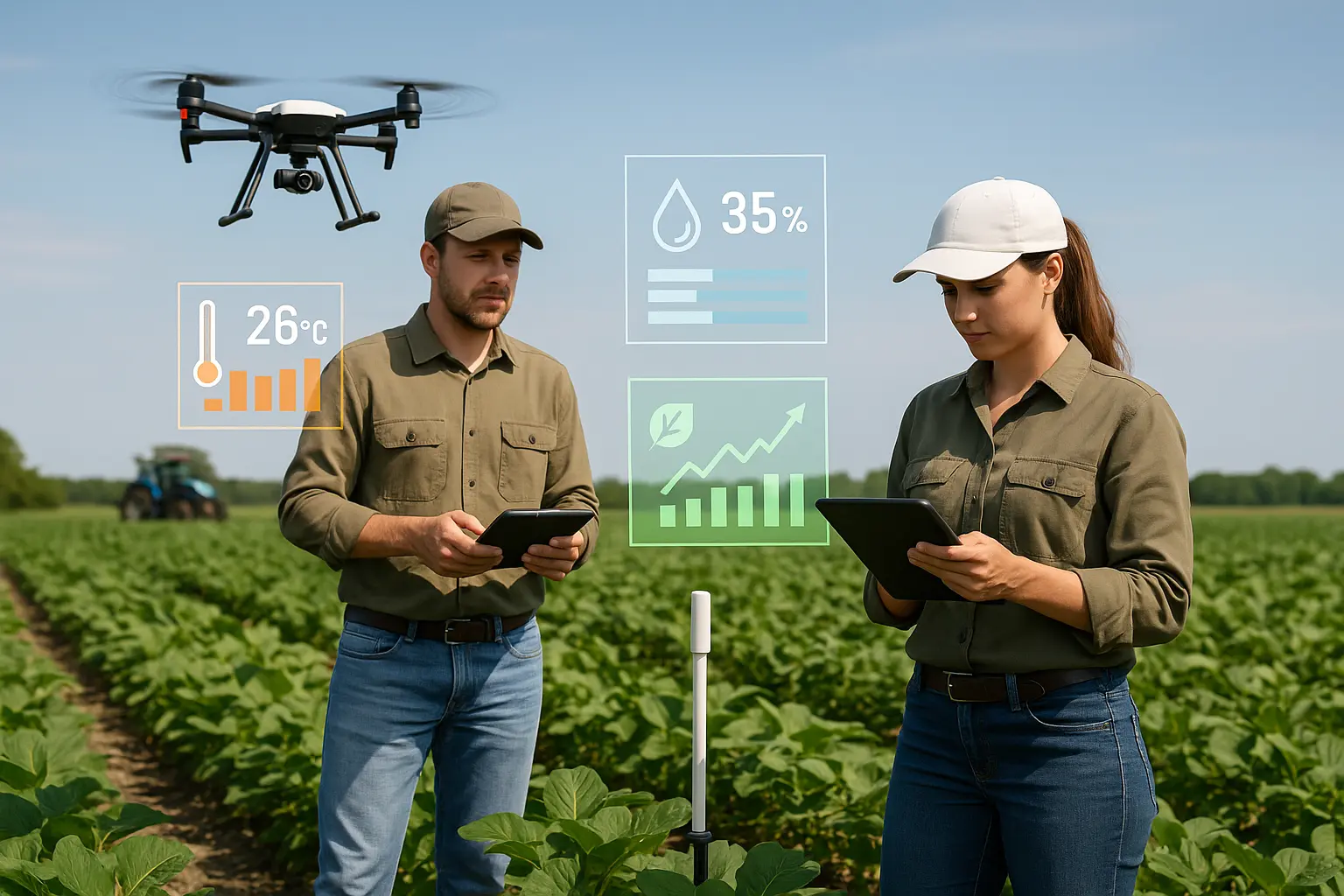
Image Specifications: Outdoor agricultural field with rows of green crops and a clear blue sky.
Subjects:
Two field technicians (one male, one female) in modern farming attire:
- The male technician is operating a drone with a tablet.
- The female technician is using a tablet connected to soil sensors.
Technology Shown:
- Drone flying above the crops (used for aerial data capture).
- The soil sensor was placed in the ground between the technicians.
Digital overlays visualizing:
- Temperature (e.g., 26°C)
- Soil moisture (e.g., 35%)
- Crop health trends (graph with upward trend)
Understanding Onsite Data Collection
What is Onsite Data Collection?
Onsite Data Collection involves gathering data physically at the location where the phenomenon or subject exists. This may include:
- Sensors capturing environmental metrics in a forest
- Cameras recording vehicle movement at intersections
- Microphones capturing sound in manufacturing plants
It provides contextually rich data that enables better modeling, decision-making, and training of AI systems.
Why Field Data Collection Matters
“You can’t replicate the noise of a real factory or the lighting of an actual street with synthetic data alone.” – Raj Malhotra, AI Systems Engineer
Key benefits of onsite/field data collection:
- Real-world context: Captures nuances like lighting, noise, or human interaction
- High fidelity: Reduces reliance on approximations or simulations
- Data integrity: Ensures accuracy through firsthand sourcing
Industries that depend on Onsite Data Collection
| Industry | Use Case | Type of Data |
|---|---|---|
| Agriculture | Monitoring soil moisture and crop growth | Sensor, image, environmental |
| Transportation | Traffic pattern analysis at intersections | Video, sensor, GPS |
| Retail | Understanding in-store customer movement | Video, sensor, footfall |
| Manufacturing | Monitoring equipment or worker efficiency | Audio, video, operational |
| Smart Cities | Urban planning and pollution control | Environmental, GPS, sensor |
On-Site vs. Off-Site Data Collection
| Criteria | Onsite Data Collection | Off-Site Data Collection |
|---|---|---|
| Location | Physical environment | Remote or digital location |
| Data Authenticity | High (real-world conditions) | Medium to low (simulated) |
| Cost | Higher (travel, equipment) | Lower (digital or pre-collected) |
| Scalability | Limited by logistics | High via digital replication |
| Best Use Cases | Field studies, quality assurance | Preprocessing, metadata analysis |
Is Onsite Data Collection Right for You?
Factors to Consider Before Investing
Before committing resources, evaluate the following:
- Nature of the data required: Is context essential (e.g., lighting, temperature, sound)?
- Budget constraints: Onsite projects are costlier due to logistics and labor.
- Timeliness: Is real-time or season-specific data needed?
- Scalability needs: Will you need multiple locations?
Common Onsite Data Collection Methods
Sensors and IoT Devices
- Temperature, humidity, air quality, motion
- Often used in agriculture, climate studies, and manufacturing
Video and Image Capturing
- CCTV, drone footage, mobile camera footage
- Used for surveillance, quality control, and AI model training
Manual Data Collection
- Interviews, surveys, and notetaking
- Often seen in social research and public health studies
Audio Recordings
- Natural sounds, speech patterns, and industrial noise
- Used in NLP, speech recognition, and noise reduction algorithms
Edge Devices
- Real-time processing at the source
- Reduces transmission needs, especially in remote areas
Tools and Technologies Involved
| Tool/Tech | Description | Best Use Case |
|---|---|---|
| Agriculture, mining, and disaster zones | Affordable microcontrollers for sensor data | Environmental and field monitoring |
| Drones | Aerial data collection | Transportation, delivery, and wildlife |
| Body-worn Cameras | Wearable video devices | Security, training simulations |
| GPS Trackers | Location-based data | Transportation, delivery, wildlife |
| Mobile Apps with APIs | Surveys and data input from field personnel | Public health, social research |
Case Study 1: Onsite Data Collection in Manufacturing
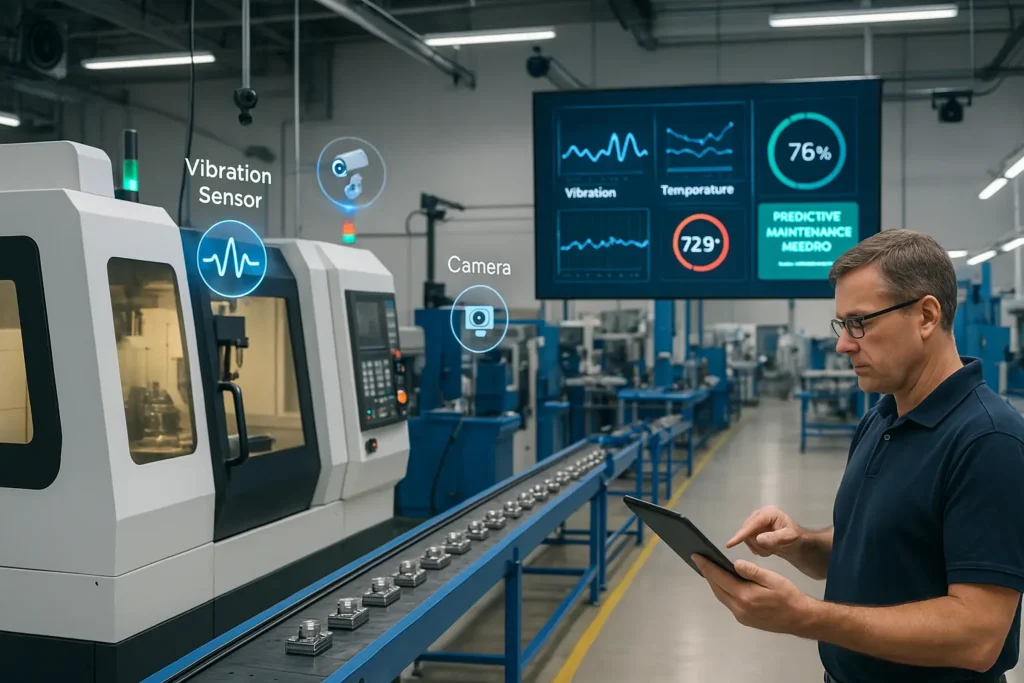
Client: FlexiTech Components (Precision Parts Manufacturer)
Objective: Optimize production line efficiency and reduce equipment downtime through real-time data collection on-site.
Approach:
- Installed IoT-enabled vibration and temperature sensors on CNC machines and assembly units
- Deployed cameras and computer vision systems to monitor production flow and detect defects
- Onsite supervisors manually logged anomaly events and operator feedback
- Integrated machine data with the factory’s central analytics platform for trend analysis and predictive maintenance
Outcome:
- Reduced unplanned machine downtime by 42% through early fault detection
- Increased overall equipment efficiency (OEE) by 18%
- Enabled predictive maintenance planning, cutting repair costs by 25% over 12 months
Case Study 2: Autonomous Vehicle Training with Onsite Data Collection
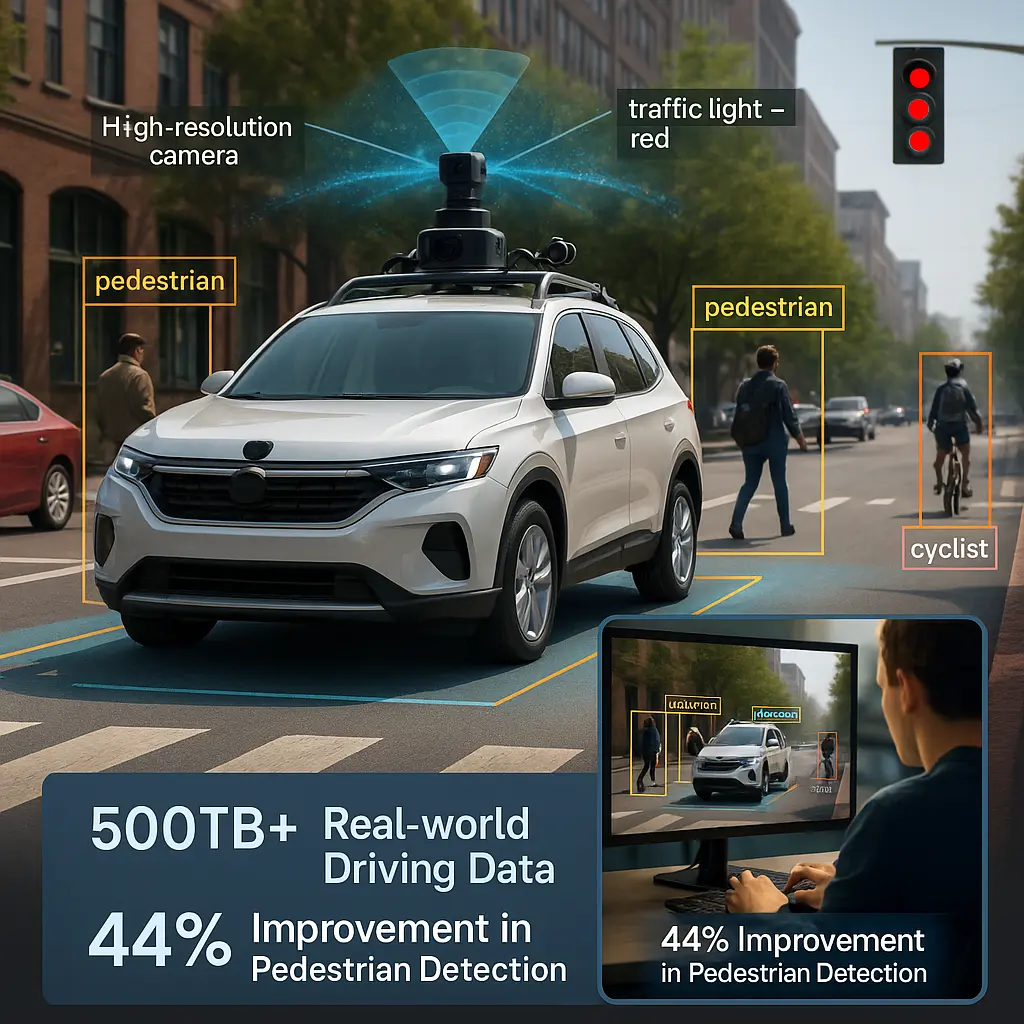
Client: DriveSafe AI
Objective: Train autonomous vehicles using real-world driving data.
Approach:
- Mounted high-resolution cameras on test vehicles
- Captured video and LIDAR data across city, suburban, and highway environments
- Manually annotated scenarios with human-in-the-loop QA
Results:
- Gathered over 500TB of high-fidelity driving footage
- Improved model detection of pedestrians and dynamic objects by 44%
- Trained models now outperform synthetic-only models by 31%
Choosing a Field Data Collection Partner
How to Choose the Right Vendor
Look for the following traits in a data collection partner:
- Experience in your industry
- Ability to handle logistics (travel, permits, local compliance)
- Data quality assurance processes
- Real-time data validation tools
- Security and data privacy compliance
Cost Breakdown of Onsite Data Collection Projects
| Item | Cost Range (USD) | Notes |
|---|---|---|
| Equipment (cameras, sensors) | $5,000 – $50,000 | Varies by scale |
| Personnel (data collectors) | $20 – $100/hour | Depends on expertise and location |
| Travel and lodging | $2,000 – $10,000 | Domestic vs. international |
| Data validation and labeling | $0.05 – $1.00 per unit | Post-processing included |
| Total project cost | $10,000 – $100,000+ | Based on scope and duration |
NOTE: The above cost range is an approximation. To get to know the exact cost range, you can connect with us.
Pros and Cons of Onsite Data Collection
| Pros | Cons |
|---|---|
| High-quality, authentic data | Higher upfront cost |
| Greater context and detail | Logistics complexity |
| Ideal for AI and ML model training | Slower deployment compared to off-site |
| Control over the collection process | Regulatory constraints in some areas |
Onsite vs. Off-Site: Which Should You Choose?
Here’s a decision-making flow to help:
Is your data environment-specific (e.g., lighting, movement, interaction)?
- Yes → Onsite
- No → Consider Off-site or synthetic alternatives
Do you require real-time or seasonal data?
- Yes → Onsite is more suitable
- No → Off-site may be enough
Is data sensitivity a concern (e.g., health, government, urban)?
- Yes → Choose trusted onsite partners with compliance measures
Do you need large volumes fast and cheaply?
- Yes → Off-site may be cost-effective for early model prototyping
Future Trends in Onsite Data Collection
- Edge AI: Collect and process data at the source, reducing bandwidth and increasing privacy.
- Drone Swarms: Coordinated drones collecting large-area data rapidly.
- Privacy-Aware Sensors: Devices that anonymize data during collection.
- Hybrid Collection Models: Blending onsite for depth and off-site for scale.
Final Thoughts
Onsite data collection is indispensable for projects where realism, context, and detail matter, particularly in fields like agriculture, autonomous vehicles, and smart city development. Though costlier and logistically complex than off-site methods, its value in training robust AI systems, reducing bias, and improving operational decisions cannot be overstated.
By aligning your data collection strategy with your business needs and choosing the right partner, you ensure that your machine learning models are not only accurate but also ethically and operationally sound.
FAQ’s
Ans. Field data collection refers to gathering data from a real-world environment, often directly at the location of study (e.g., farms, factories, cities).
Ans. Onsite involves physical presence and firsthand data capture, while off-site may rely on existing datasets or remote tools, often with less context.
Ans. Logistics, cost, regulatory compliance, and data quality assurance are major challenges.
Ans. IoT sensors, drones, GPS trackers, video cameras, mobile data entry apps, and edge devices are commonly used.
Ans. When data context, authenticity, and real-time accuracy are critical, especially for AI/ML model training.
Related Resources
You Might Like
October 11, 2025
Why Your AI Can’t Understand Humans: The Multimodal Conversations Datasets Gap
Your conversational AI is failing, and you probably don’t know why. It responds to words perfectly. The grammar checks out. The speed is impressive. But somehow, it keeps missing what users actually mean. The frustrated customers. The sarcastic feedback. The urgent requests are buried in casual language. Here’s what’s really happening: your AI is reading […]
October 10, 2025
Why Your Self-Driving Car Needs Perfect Vision: The LiDAR Annotation Story
Imagine you’re driving down a busy street. Your eyes are constantly scanning – pedestrians crossing, cars merging, cyclists weaving through traffic. Now imagine teaching a machine to do the same thing, except it doesn’t have eyes. It has lasers. And those lasers need to understand what they’re “seeing.” We’ve seen many product launches that aim […]
October 9, 2025
What is Synthetic Datasets? Is it real data or fake?
Picture this: You’re building the next breakthrough AI product. Your models need millions of data points to learn. But there’s a problem. You can’t access enough real-world data due to various factors, such as compliance issues, security factors, and specific needs. Privacy regulations block you. Collection costs are sky-high. And even when you get data, […]


